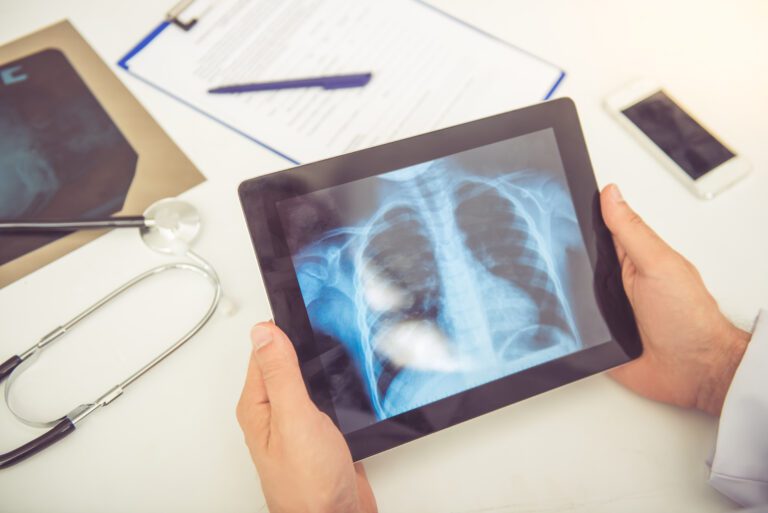Importance of Clinical History
The Importance Of Clinical History For Radiological Interpretation
Written By Dr. Sherine Hamed
Specialist of Diagnostic Radiology – Teleradiology Medical Administrator
The clinical history and indication provided with a radiological examination are considered critical components in the process of imaging interpretation by the radiologist.
What is clinical history taking:
It is a process by which information is gained by a physician by asking specific questions to the patient with the aim of obtaining information useful in formulating a diagnosis and providing medical care to the patient.
Approach to history taking:
- Ensure consent has been gained.
- Maintain privacy and dignity.
- Ensure the patient is as comfortable as possible.
- Summarize each stage of the history-taking process.
- Consider the physician’s request and the modality required.
Components of history enduring:
- Patient’s profile ( Date and Time, Name, Age, Sex, Marital status, Occupation, and Address).
- Main complaint.
- History of the present illness, chronic condition, and System Review.
- Past medical history.
- Family history.
- Old imaging modalities performed.
- Previous surgical intervention.
Importance of clinical history in terms of radiological interpretation:
- Due to technological innovations, Digital Imaging and Communications in Medicine imaging studies can be distributed throughout the healthcare enterprise, enabling referring physicians to access imaging data whenever it is most valuable to them. Distribution beyond the healthcare enterprise has led to outsourcing of radiological interpretation to all parties. These trends continue to separate the referring physician from the radiology department and reduce its perceived value to a commodity service provider.
- In today’s health care system, the clinical history and indication are the only information provided by the referring physician to the radiologist. It has been shown that it can affect the quality of the radiologist’s exam interpretation. Accurate information regarding the current symptoms and past medical history enables the radiologist to interpret imaging findings in the appropriate clinical context, leading to a more relevant differential diagnosis, a more useful report for the clinician, and ideally a better outcome for the patient.
Examples of the importance of clinical history for radiological interpretation:
- Lack of appropriate clinical history is a known detriment to radiologic exam interpretation. For Example:
A ground-glass opacities on a chest CT are generally not a specific finding; however, in immunocompromised patients, they are suspicious of an atypical infection. - An enlarged axillary lymph nodes on a mammogram could be a non-specific finding unless there is a history of an inflammatory condition such as lupus or a family history of cancer.
Quality improvement of clinical history data presented to radiologists:
- Educating clinicians as to what constitutes an adequate clinical indication and to engage technologists in the completion of clinical background
- The technological innovation that automatically synthesizes patient background information and presents it to the radiologist in a good manner is yet another route for resolving the clinical information communication gap between referring clinicians and radiologists.


